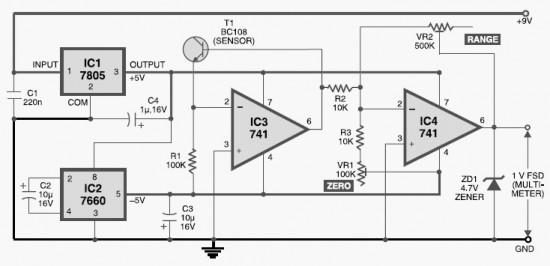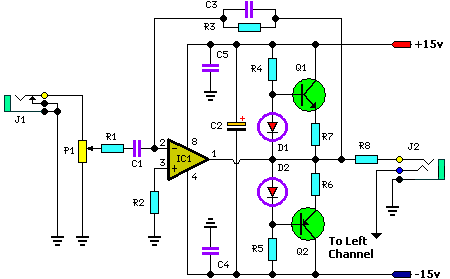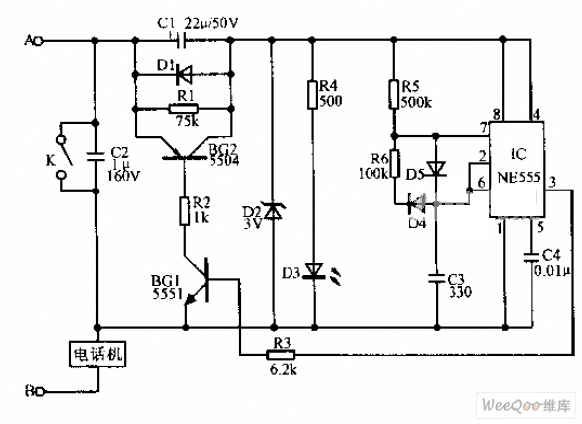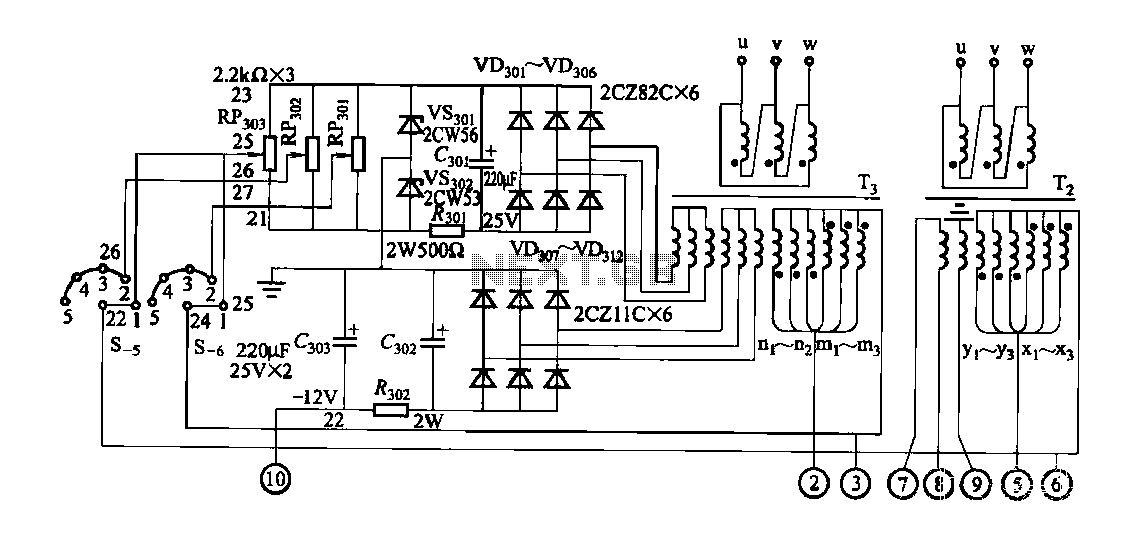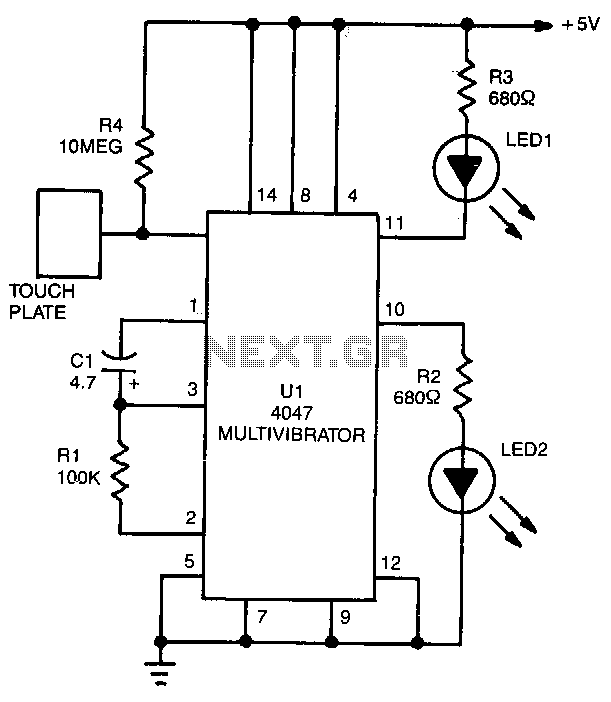
Visitor Counter Circuit using TSOP1736
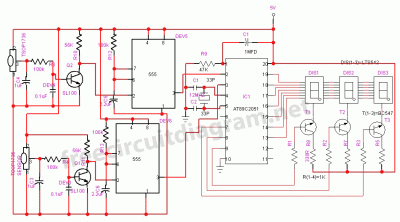
This room light controller project automatically uses a microcontroller to manage a visitor counter, providing a reliable circuit for controlling the room lighting.
The room light controller circuit integrates a microcontroller that processes inputs from a visitor counter. This setup is designed to automatically control the lighting based on the number of people present in the room. The primary components of the circuit include the microcontroller, sensors for detecting visitors, and a relay or transistor switch to control the light source.
The microcontroller is programmed to monitor the input from the visitor counter, which could be implemented using infrared sensors or ultrasonic sensors to detect movement. When a visitor enters the room, the sensor triggers an increment in the count, and the microcontroller processes this information to determine whether to turn the lights on or off.
For instance, if the count exceeds a predefined threshold, the microcontroller activates the relay, which in turn powers the lighting system. Conversely, when the count falls below this threshold, the microcontroller deactivates the relay, turning off the lights. This automated system not only enhances energy efficiency by ensuring lights are on only when needed but also improves user convenience by eliminating manual control.
Additional components may include an LCD display to show the current visitor count and status of the lights, as well as buttons for manual overrides. Power supply considerations are crucial, ensuring that the microcontroller and associated components receive stable voltage levels for reliable operation.
In summary, the room light controller using a microcontroller and visitor counter represents an efficient solution for smart lighting control, optimizing energy use while providing necessary illumination based on occupancy.This room light controller project automatically using Microcontroller Visitors Counter is a reliable circuit that takes the task of controlling the room. 🔗 External reference
The room light controller circuit integrates a microcontroller that processes inputs from a visitor counter. This setup is designed to automatically control the lighting based on the number of people present in the room. The primary components of the circuit include the microcontroller, sensors for detecting visitors, and a relay or transistor switch to control the light source.
The microcontroller is programmed to monitor the input from the visitor counter, which could be implemented using infrared sensors or ultrasonic sensors to detect movement. When a visitor enters the room, the sensor triggers an increment in the count, and the microcontroller processes this information to determine whether to turn the lights on or off.
For instance, if the count exceeds a predefined threshold, the microcontroller activates the relay, which in turn powers the lighting system. Conversely, when the count falls below this threshold, the microcontroller deactivates the relay, turning off the lights. This automated system not only enhances energy efficiency by ensuring lights are on only when needed but also improves user convenience by eliminating manual control.
Additional components may include an LCD display to show the current visitor count and status of the lights, as well as buttons for manual overrides. Power supply considerations are crucial, ensuring that the microcontroller and associated components receive stable voltage levels for reliable operation.
In summary, the room light controller using a microcontroller and visitor counter represents an efficient solution for smart lighting control, optimizing energy use while providing necessary illumination based on occupancy.This room light controller project automatically using Microcontroller Visitors Counter is a reliable circuit that takes the task of controlling the room. 🔗 External reference
